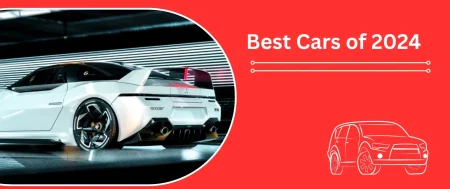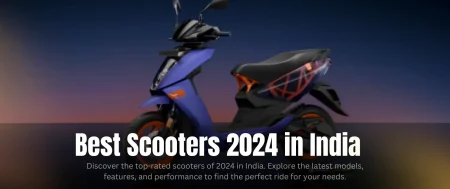Learn about Tesla Model Y High Impact PPF Areas (Paint Protection Film) to enhance its appearance and resale value.
If you own a Tesla Model Y, you know it’s not just a car; it’s a statement! But with all that style comes a bit of vulnerability. Whether it’s that pesky gravel on the highway or the occasional door ding in a crowded parking lot, protecting your investment is crucial. This is where Paint Protection Film (PPF) steps in, especially in high-impact areas. Let’s dive into where those areas are and why they matter.
Table of Contents
What is PPF?
Paint Protection Film (PPF) is a transparent polyurethane film applied over the paint of your vehicle. It acts like an invisible shield, guarding against scratches, chips, and environmental contaminants. PPF is a must-have for car enthusiasts who want to keep their vehicles looking brand new.
The Importance of PPF for Tesla Model Y
The Tesla Model Y, with its sleek design and cutting-edge technology, deserves the best protection. PPF not only preserves the aesthetic appeal but also enhances the car’s longevity. Plus, it keeps your car looking fresh, which can significantly boost its resale value down the line.
Understanding High Impact Areas
High-impact areas are specific parts of your vehicle that are more prone to damage from road debris, weather, and other external factors. Knowing these spots can save you a lot of headaches—and money—down the road. Let’s break down where these areas are on the Model Y.
Identifying Vulnerable Spots Tesla Model Y High Impact PPF Areas
Front Bumper
The front bumper is the first line of defence against rocks and bugs. It’s crucial to cover this area with PPF to avoid scratches and paint chips.
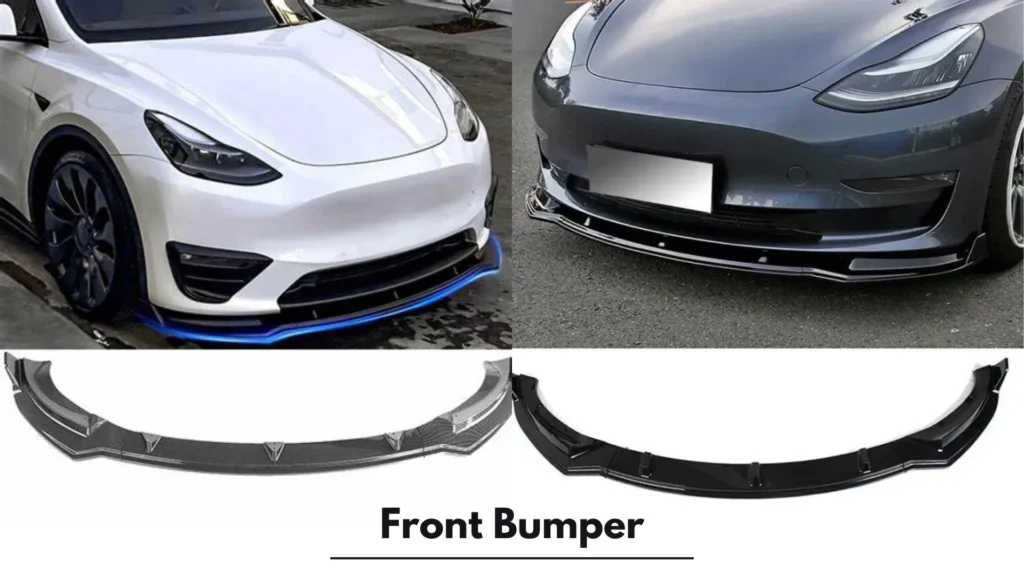
Hood
Your hood faces a barrage of debris every time you hit the road. PPF on the hood ensures that those little chips and scratches don’t ruin the sleek look of your Tesla.

Fenders
Fender areas can easily get damaged from road debris and careless door openings. Protecting these areas with PPF can prevent costly repairs later.
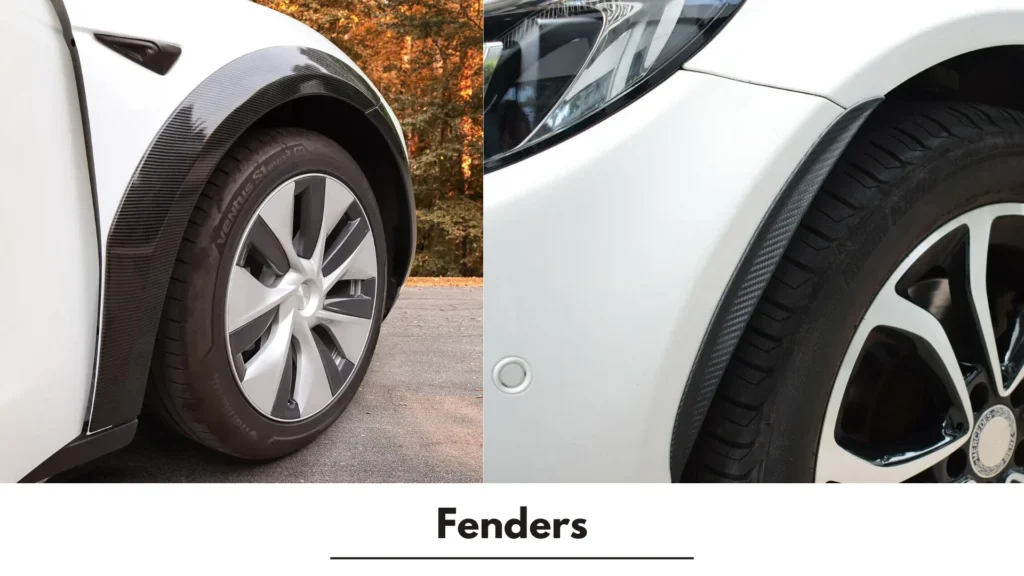
Side Mirrors
Side mirrors are often targeted by other vehicles or branches. Adding PPF here can help keep your mirrors scratch-free and looking sharp.
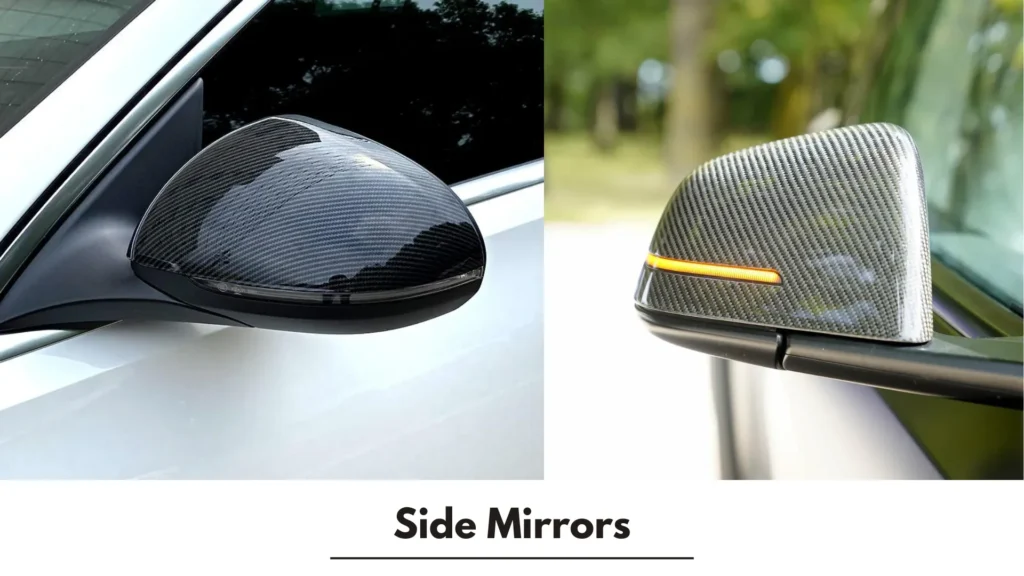
Rear Bumper
Don’t forget the rear bumper! It’s often neglected but can get scuffed during loading and unloading. PPF can save you from annoying scratches here as well.
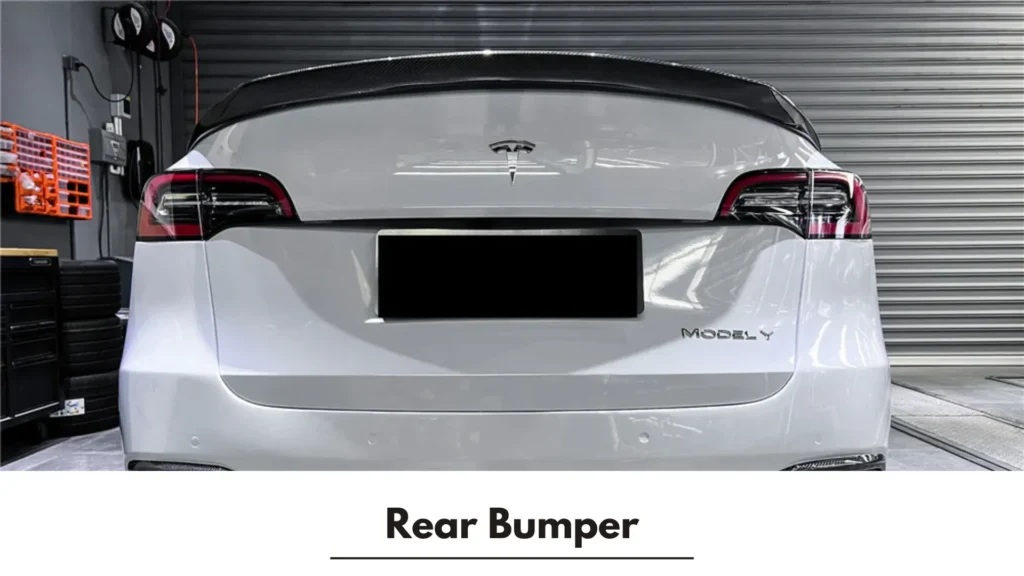
Benefits of Installing PPF in High-Impact Areas
Now that you know where to install PPF, let’s explore why it’s a smart choice.
Protection Against Scratches and Dents
PPF is designed to absorb impacts, making it an excellent deterrent against those annoying scratches and dents that come with daily driving.
Maintaining Resale Value
Keeping your Tesla in pristine condition is key to maintaining its resale value. PPF protects against wear and tear, ensuring that your Model Y retains its value over time.
Choosing the Right PPF
Not all PPF is created equal! Understanding the different types of films can help you choose the best one for your needs.
Types of PPF
Here are a couple of popular options:
Self-Healing PPF
This innovative film has the ability to heal itself from minor scratches. If you’re looking for top-notch protection, self-healing PPF is a great option.
Matte vs. Gloss Finish
Decide whether you prefer the glossy finish that enhances your car’s shine or a matte finish for a more understated look.
Professional Installation vs. DIY
Once you’ve decided on PPF, the next step is installation. Should you go professional or try a DIY approach?
Why Professional Installation Matters
Professionals have the experience and tools to install PPF flawlessly. They ensure that the film adheres properly, reducing the risk of bubbles or peeling.
Tips for DIY Enthusiasts
If you’re feeling brave and want to try it yourself, make sure to invest in quality materials and take your time. Clean the area thoroughly and follow the instructions closely for the best results.
Maintenance Tips for PPF
After installation, maintaining your PPF is key to its longevity.
Cleaning and Care
Use a mild soap and water solution to clean the PPF. Avoid harsh chemicals that can damage the film. Regular cleaning helps maintain its clarity and appearance.
Common Issues and Solutions
If you notice any bubbling or peeling, don’t panic! These issues can often be fixed by carefully reapplying the film or seeking professional help.
Conclusion
Protecting your Tesla Model Y with PPF in high-impact areas is a smart investment. By understanding where these vulnerable spots are and taking action, you can keep your vehicle looking pristine for years to come. Not only will you enjoy your Tesla’s sleek appearance, but you’ll also save money on repairs and maintain its value over time. So why wait? Get your PPF installed and drive with confidence!
FAQs
How long does PPF last on a Tesla Model Y?
PPF can last anywhere from 5 to 10 years, depending on the quality of the film and how well it’s maintained.
Can I remove PPF myself?
While it’s possible to remove PPF yourself, it’s recommended to seek professional help to avoid damaging the paint.
Will PPF affect the car’s paint colour?
No, PPF is transparent and will not change the paint colour of your Model Y.
Is PPF worth the investment?
Absolutely! PPF provides excellent protection against scratches and can help maintain your car’s resale value.
Can I wash my Tesla with PPF?
Yes, you can wash your Tesla, but it’s best to avoid automatic car washes that use brushes. Hand washing is recommended to preserve the film
Does PPF protect against UV damage?
Yes, PPF can provide protection against harmful UV rays, helping to prevent your car’s paint from fading over time.
Can PPF be applied over ceramic coating?
It’s generally recommended to apply PPF first and then a ceramic coating on top for maximum protection and finish.
How much does it cost to install PPF on a Tesla Model Y?
The cost can vary depending on the quality of the film and professional installation, typically ranging from $1,000 to $5,000 for full coverage.
How long does it take to install PPF?
Professional PPF installation can take anywhere from a few hours to a full day, depending on the extent of coverage.
Does PPF need to be replaced after it gets scratched?
Minor scratches can self-heal on certain types of PPF, but deeper scratches may require replacement of the affected section.
